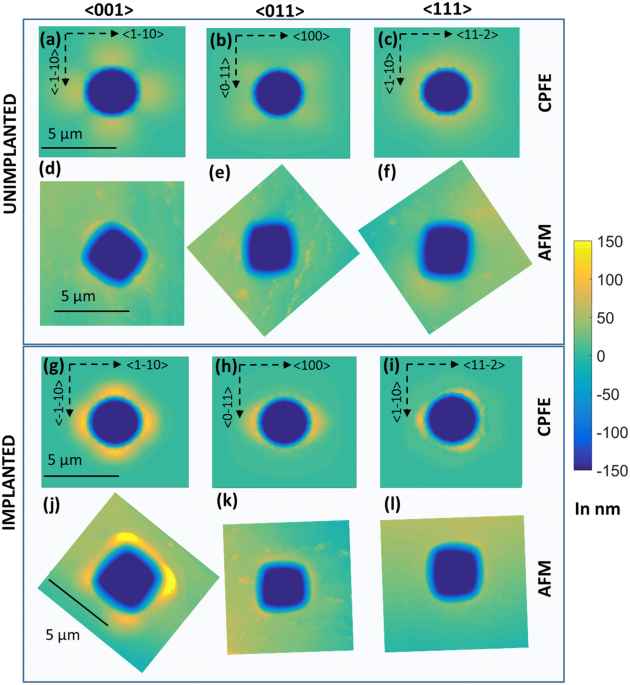In the quest for clean and sustainable energy sources, nuclear fusion stands out as a promising frontier. Mimicking the processes that power the sun, fusion reactors hold the potential to provide endless energy without the harmful byproducts associated with traditional nuclear fission. However, harnessing the power of fusion requires overcoming significant challenges, including managing extreme temperatures and developing materials capable of withstanding the harsh conditions within a reactor.
Addressing these challenges head-on, a team of researchers led by the Department of Energy’s SLAC National Accelerator Laboratory has made significant strides in advancing fusion reactor technology through groundbreaking research on tungsten. Tungsten, known for its exceptional strength and heat resistance, has emerged as a key player in heat management strategies for fusion reactors. By delving into the intricate science of heat conduction, the research team has uncovered new insights into tungsten’s ability to conduct heat efficiently, paving the way for the development of more resilient and efficient fusion reactor materials.
Published in the journal Science Advances, the research highlights the potential of tungsten to revolutionize fusion reactor technology. Through a combination of experimental techniques and advanced modeling, the researchers have gained unprecedented insights into the mechanisms governing heat transport in tungsten, shedding light on the intricate interplay between electrons and phonons—the elementary vibrational motions that contribute to heat conduction in materials.
Central to the study is the development of a novel experimental technique known as ultrafast electron diffuse scattering UEDS, which allows researchers to observe and measure the interactions between electrons and phonons with unprecedented precision. By leveraging the capabilities of SLAC’s high-speed “electron camera” MeV-UED, the researchers were able to capture real-time snapshots of these interactions, providing invaluable data for understanding the complex dynamics of heat transfer in tungsten.
One of the key findings of the study is the revelation that phonon-phonon interactions in tungsten are much weaker than previously thought. This unexpected discovery underscores tungsten’s exceptional ability to conduct heat efficiently, even under the extreme conditions encountered in fusion reactors. By unraveling the mysteries of phonon dynamics in tungsten, the researchers have laid the groundwork for the development of more robust fusion reactor materials capable of withstanding the rigors of long-term operation.
The research team plans to explore the impact of impurities, such as helium, on tungsten’s heat conduction properties. Helium accumulation, a byproduct of fusion reactions, can affect the performance and longevity of reactor materials, making it essential to understand its interactions with tungsten at the atomic level. By gaining insights into these interactions, the researchers aim to further enhance the efficiency and lifespan of fusion reactor materials, bringing us one step closer to realizing the promise of clean and sustainable fusion energy.
Beyond fusion reactors, the implications of this research extend to a wide range of applications where heat management is critical, from aerospace to electronics. By unlocking the potential of tungsten and advancing our understanding of heat conduction at the atomic level, researchers are poised to revolutionize how we harness and control heat in a variety of technologies, paving the way for a future powered by clean, sustainable energy.
